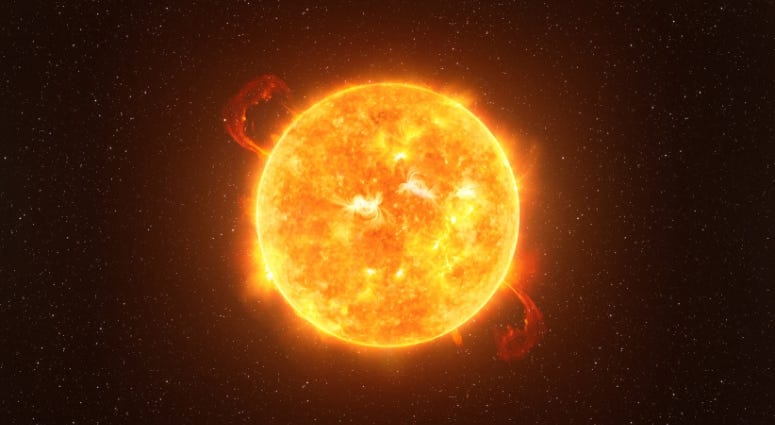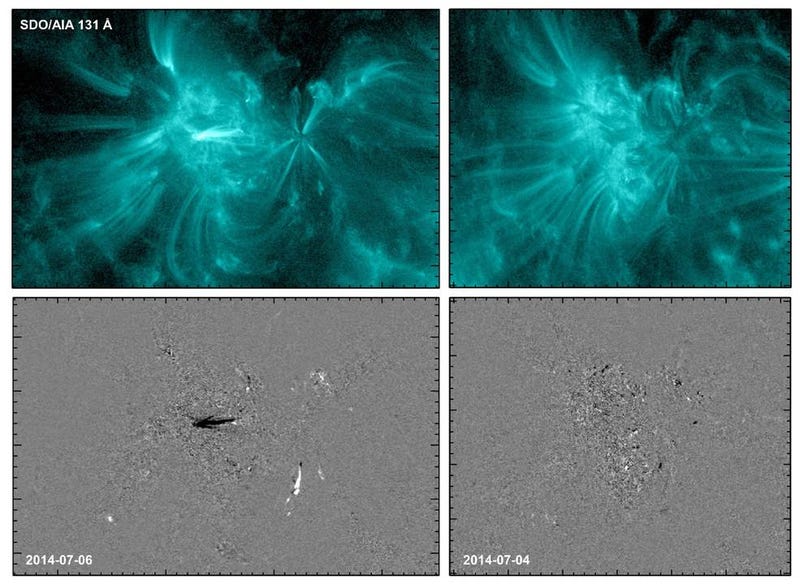
Though we all have differences, there’s one commonality that has prevailed for all of humanity: we are all floating on a rock, flying through outer space at over a million miles an hour.
Thanks to the rapid advancement of technology in the past century, we can observe more of the Universe than ever before.
The scale and sheer size of the universe make it impossible to truly learn everything, but it doesn’t mean we shouldn’t try.
Here's what's happening in space this week.
solar forecast
Scientists may have figured out a way to forecast the time and location of impending solar flares, according to a new study.
A solar flare is an intense explosion of radiation coming from the release of magnetic energy from the Sun, according to NASA. They can last anywhere from minutes to hours, and are the largest explosive events in our solar system.
Researchers from NorthWest Research Associates (NWRA) analyzed an extensive amount of data from NASA's Solar Dynamics Observatory (SDO) to search for clues regarding the productivity of these solar-energetic events.
They found that in the corona, the upper region of the Sun's atmosphere, there are small indicators that can offer clues to which regions of the Sun are likely to produce solar flares. In a release from NASA, the indicators are described as "small-scale flashes," similar to sparklers before fireworks.

Published in The Astrophysical Journal, this new information could offer scientists assistance in forecasting the next solar flares. NASA says solar activity can affect the Earth in many ways. It can disrupt radio and satellite communications, endanger astronauts, and even cause massive blackouts.
Just last year, the threat of a 'cannibal' solar burst made headlines with warnings of potential disruptions in radio communications.
Researchers previously focused on analyzing photospheric solar activity in the lower region of the Sun. SDO's newest set of research did the same for the upper layers of the solar atmosphere while still utilizing the aforementioned studies.

The lead author of the study and professor at Nagoya University in Japan, KD Leka, commented on the new findings.
“We can get some very different information in the corona than we get from the photosphere, or ‘surface’ of the Sun,” he said.
“Our results may give us a new marker to distinguish which active regions are likely to flare soon and which will stay quiet over an upcoming period of time.”
LISTEN on the Audacy App
Sign Up and Follow NewsRadio 1080 KRLD


